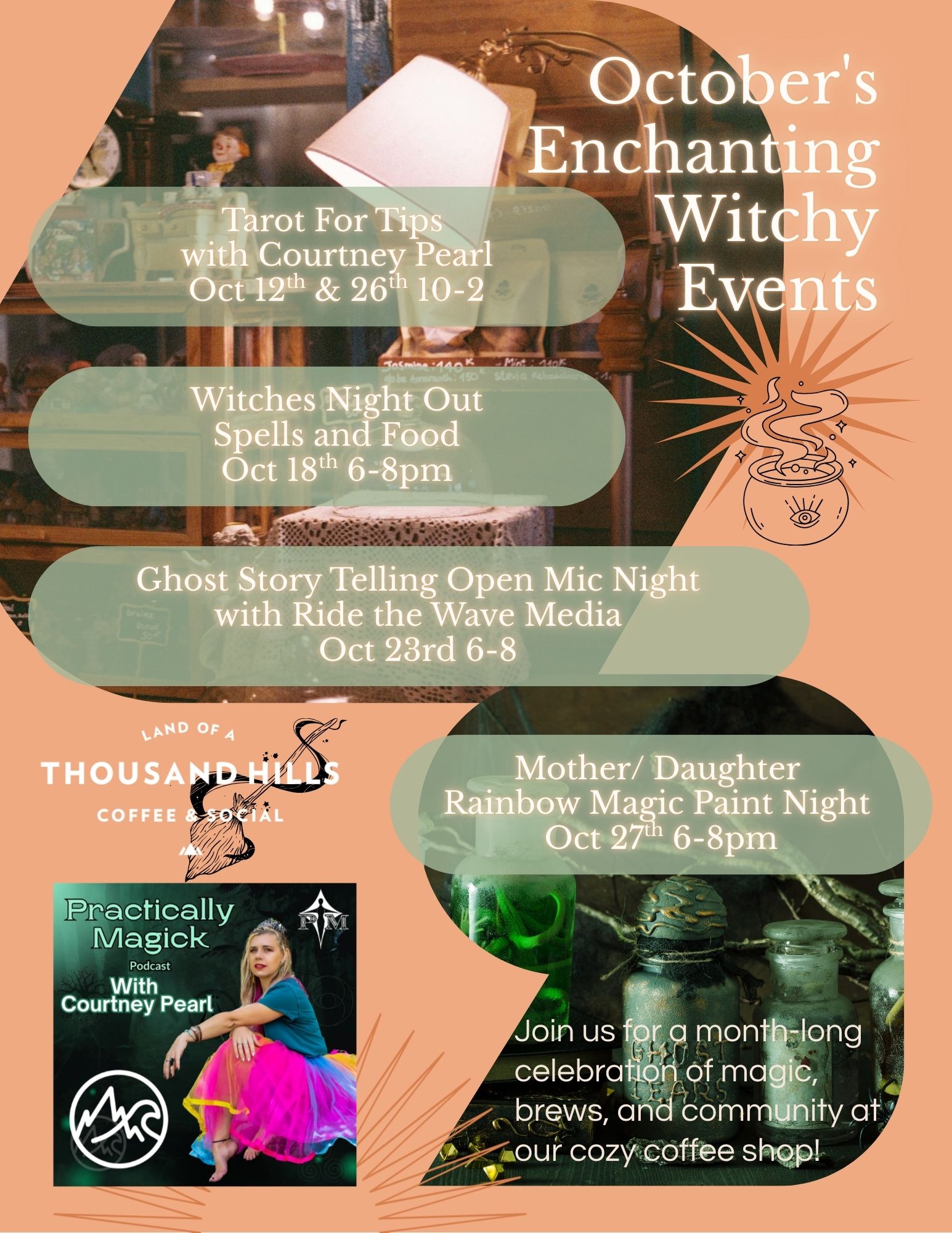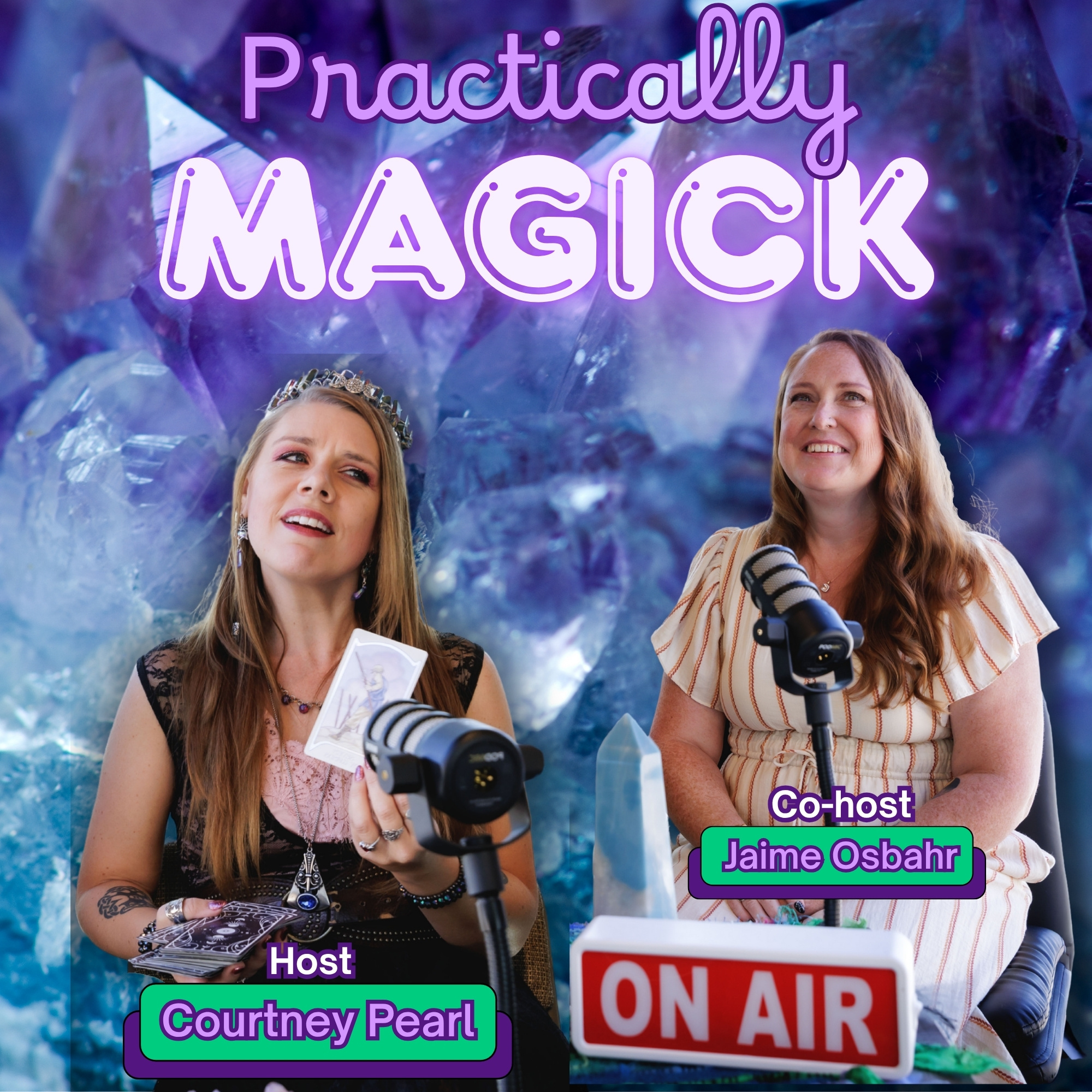Ostera: Unveiling the Pagan Roots of Easter Traditions
The air is getting warmer, flowers are starting to bloom, and eggs are being decorated – it's springtime! And for many, that means Easter. But have you ever wondered about the origins of some of our Easter traditions? Beyond the chocolate bunnies and egg hunts, there lies a fascinating blend of Christian and Pagan customs. In this blog post, we'll delve into the history and significance of Ostera, a pagan holiday that intertwines with Christian traditions to form the Easter we know today. We'll explore the story of Ostera, the symbolism of the Easter Bunny, and how you can incorporate Ostera's themes of rebirth and renewal into your spring celebrations. It's a topic we touched upon in our latest episode, Paganism: The Spirituality of Earth and Sky, where we explored the broader landscape of paganism and its deep connection to nature. Let's unravel the threads that connect ancient beliefs with modern celebrations.
Introduction: Blending Pagan Roots with Easter Traditions
Easter, as we celebrate it today, is a rich tapestry woven with threads from both Christian and Pagan traditions. While the Christian narrative focuses on the resurrection of Jesus Christ, many of the symbols and customs associated with Easter predate Christianity. These pre-Christian roots are often attributed to Ostera, a pagan goddess associated with spring, dawn, and fertility. This blog post aims to uncover the stories behind these traditions, exploring how they've been interwoven over time to create the Easter we recognize. By understanding these origins, we can gain a deeper appreciation for the holiday's layered meaning and perhaps find new ways to connect with the themes of rebirth and renewal that lie at its heart.
Tarot Card Reading: Trust and the Eight of Swords
Before we dive into Ostera, I'd like to share a brief tarot card reading, much like I do in the podcast. For this post, I drew the Eight of Swords from the True Heart Tarot deck. This card often depicts a figure bound or blindfolded, surrounded by swords. The immediate interpretation can feel restrictive and negative. However, the Eight of Swords isn't necessarily about being trapped, but rather about perceived limitations. It's about the stories we tell ourselves, the mental blocks we create that hold us back. The key to moving beyond the Eight of Swords is trust – trust in yourself, trust in the process, and trust that you have the inner resources to overcome the challenges you face. In the context of exploring pagan traditions and spiritual practices, the Eight of Swords reminds us to question our assumptions and limiting beliefs. It encourages us to approach new ideas with an open mind and to trust our intuition as we navigate our spiritual path. It reminds us that our fear-based assumptions can feel constricting, so, let us take off the blindfold, and release ourselves.
Ostera: A Pagan Holiday of Rebirth
Ostera, also known as Eostre, is a Germanic goddess associated with spring, dawn, and fertility. While direct historical evidence about the worship of Ostera is limited, what we do know comes primarily from the writings of the Venerable Bede, an English monk and scholar who lived in the 7th and 8th centuries. In his work "De temporum ratione" (The Reckoning of Time), Bede mentions that the Anglo-Saxons had a month named after the goddess Eostre, during which they held feasts in her honor. This month, Eosturmonath, corresponds roughly to April, which is also when Easter is celebrated. Ostera represents the rising sun, the awakening of nature after the long winter, and the promise of new life. As such, the celebration of Ostera focuses on themes of rebirth, renewal, fertility, and the return of light. It's a time to celebrate the earth's awakening, the burgeoning of seeds, and the potential for growth and transformation. The symbols associated with Ostera often reflect these themes and are still prevalent in modern Easter celebrations.
The Story of Ostera and the Easter Bunny
One popular story, although likely a more modern interpretation of older folklore, connects Ostera to the Easter Bunny. According to this tale, Ostera found a bird injured and near frozen in the dead of winter. Feeling compassion for the little creature, she transformed it into a hare to help it survive the cold. However, the hare still retained the ability to lay eggs. To show its gratitude to Ostera, the hare decorated these eggs and offered them to the goddess. Another version says Ostera turned the bird into a hare so it could keep warm through the winter, and only gave it the ability to lay eggs once a year in tribute to her. This story, while not historically documented as an ancient myth, beautifully illustrates the themes of transformation, gratitude, and the giving of gifts associated with Ostera. The Easter Bunny, in this context, becomes a symbol of both the goddess's compassion and the abundance of spring. It's a reminder that even in the midst of winter, the potential for new life and transformation exists.
Paganism, Christianity, and Cultural Connection
The blending of Pagan and Christian traditions is a complex and fascinating aspect of cultural history. As Christianity spread throughout Europe, it often absorbed or adapted existing pagan customs and beliefs. This process, known as syncretism, allowed Christianity to appeal to local populations while gradually replacing older religious practices. In the case of Easter, the Christian celebration of the resurrection of Jesus Christ coincided with the existing spring festivals associated with Ostera and other similar deities. Over time, the two celebrations became intertwined, with pagan symbols and customs incorporated into the Christian observance. The Easter Bunny, decorated eggs, and other springtime symbols likely originated from these pre-Christian traditions. The adoption of these symbols allowed people to connect with the themes of rebirth and renewal in a way that resonated with their existing cultural understanding. This blending of traditions highlights the dynamic nature of culture and the way in which different belief systems can interact and influence one another.
Courtney's Pagan Personal Journey
As I mentioned in the podcast episode, my own journey into paganism has been a gradual unfolding, guided by a deep connection to nature and a desire to explore my own spirituality outside of traditional religious frameworks. My path has been influenced by Celtic traditions, as well as Native American spirituality, particularly the emphasis on reverence for the earth and all living things. I find myself drawn to the cyclical nature of the seasons and the power of natural elements. For me, paganism is not just a set of beliefs, but a way of life that involves conscious connection to the land, honoring the ancestors, and celebrating the rhythms of the natural world. It's a path of personal exploration and discovery, guided by intuition and a deep sense of reverence for the sacredness of life. This is why I always come back to connecting to the land. It feels me. It grounds me. It makes me feel like myself, not someone else's rendition of myself.
Connecting with the Land: The Heart of Paganism
At the heart of paganism lies a deep connection to the land. This connection goes beyond simply appreciating nature; it involves recognizing the earth as a living, breathing entity with its own spirit and wisdom. Connecting with the land can take many forms, from spending time outdoors in nature to practicing gardening, foraging, or simply paying attention to the changing seasons. It can also involve honoring the spirits of the land through rituals, offerings, or acts of stewardship. By connecting with the land, we can gain a deeper understanding of ourselves and our place in the natural world. We can also learn to appreciate the interconnectedness of all living things and the importance of protecting the environment. The land holds memories, stories, and wisdom that can guide us on our spiritual path. By listening to the land, we can tap into a source of profound inspiration and healing.
Pagan Practices in Daily Life
Pagan practices can be woven into daily life in many simple and meaningful ways. One way is to incorporate mindfulness into your interactions with nature. Take time to notice the beauty of a sunrise, the sound of the wind in the trees, or the feel of the earth beneath your feet. Another way is to create sacred space in your home by setting up an altar or creating a meditation area. You can also incorporate rituals into your daily routine, such as lighting a candle each morning to honor the rising sun or expressing gratitude for the food you eat. Connecting with the elements – earth, air, fire, and water – is another way to incorporate pagan practices into your life. Spend time in nature, light candles or incense, take mindful breaths, or immerse yourself in water. By incorporating these practices into your daily routine, you can cultivate a deeper sense of connection to yourself, the earth, and the divine.
Healing Through Colors: A Listener's Question
In the podcast episode, I answered a listener's question about shifting color preferences, specifically from purple to emerald green. This is a fascinating topic, as colors are often associated with different emotions, energies, and chakras. Purple is often linked to spirituality, intuition, and the crown chakra, while emerald green is associated with healing, growth, and the heart chakra. A shift in color preference can indicate a change in one's emotional or spiritual state. In this case, the listener's shift from purple to emerald green might suggest a move towards greater emotional healing and a desire to connect with nature and the heart. Color therapy can be a powerful tool for healing and self-discovery. By paying attention to the colors we are drawn to, we can gain insights into our own emotional and spiritual needs. It's a good question that can be asked with so many different changes happening in our lives.
Conclusion: Embracing the Magic of Ostera
As we've explored in this blog post and in the corresponding "Paganism: The Spirituality of Earth and Sky" podcast episode, the celebration of Easter is a rich and complex blend of Christian and Pagan traditions. By understanding the origins of these traditions, we can gain a deeper appreciation for the holiday's layered meaning and find new ways to connect with the themes of rebirth, renewal, and the magic of spring. Whether you celebrate Easter as a religious holiday or simply enjoy the secular traditions, consider taking a moment to connect with the spirit of Ostera – the goddess of dawn, spring, and fertility. Embrace the opportunity for growth, transformation, and new beginnings that this time of year offers. Decorate eggs, spend time in nature, and celebrate the abundance of life. And remember, the magic of Ostera is not just a relic of the past; it's a living force that continues to inspire and empower us today.











